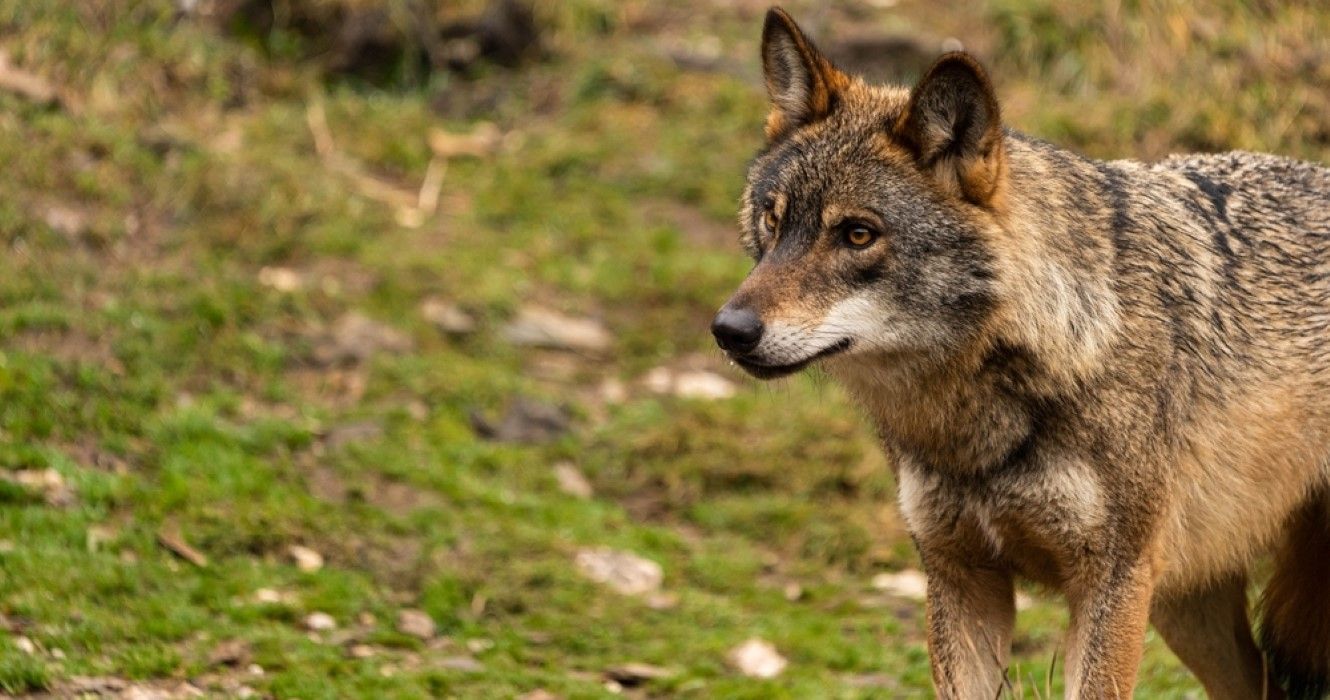Quick Links
Wolves are intelligent, social, and, sometimes against all odds, friendly—as can be experienced first-hand at Seacrest Wolf Preserve or at Isle Royale National Park. Yet wolves can also be fierce: Impossibly vicious and brutal. The idiom “wolf in sheep’s skin” is the quintessential representation of character contrast or clash. On the one hand is calm, if foolish, docility. On the other is rabid savagery—the kind that tears to pieces—leaving destruction and desolation—blood and bones— in its wake. Whether in real life or in legends, wolves are represented as animals without one merciful instinct.
Yet, wolves—whose long, howling calls are like a war cry—are, in a sense, our benefactors. Like almost all other animals, wolves are important to the ecosystem. Their presence goes a long way in establishing ecological balance. That’s where conservation agencies, like the New York-based Wolf Conservation Center, come in.
What Is The History Of Wolf Conservation Center?
While visiting a close friend in the Sunshine State, Hélène Grimaud had a chance encounter with a wolf in the home of her host. It was a unique one: “Part dog, part wolf.” It did not look tense, anxious, or sensitive. This peculiar demeanor would pique the interest, love, and curiosity of Ms. Grimaud. “Hearing about wolves and seeing a wolf are two very different things,” she would later comment. From this improbable encounter, she set out to build a “bridge of understanding with,” in her words, “our counterparts in the wild.” The wolf she met was tamed and domesticated. She thought this was a terrible idea. That’s the reason it appeared subdued and out of character. In her mind, she thought wolves should be wild and free: Not live as captives. In any case, we already have dogs, she reasoned—which are essentially domesticated wolves.
She would have let the ambition die. However, that face-to-face encounter would just not go away from her memory. A few years later, Ms. Rimbaud would team up with J. Henry Fair, a photographer and long-time devotee of ecosystem sustainability. Henry Fair travels the world talking and writing about environmental awareness. His book, Industrial Scars: The Hidden Costs of Consumption, brings to the fore the damaging effects on our planet brought about by human actions—and inactions. Naturally, his interests and those of Ms. Grimaud seamlessly jelled. In 1999, the duo secured a 27-acre property in South Salem, New York, and established what is now called the Wolf Conservation Center.
- Where Is Wolf Conservation Center located? The physical address of Wolf Conservation Center is 7 Buck Run, South Salem, NY 10590.
What Does The Wolf Conservation Center Do?
The Wolf Conservation Center’s overarching goal is essentially to save wolves. Its stated mission is to teach people “about wolves, their relationship to the environment and the human role in protecting their future.” This makes it an environmental education organization. Some of their activities include conducting science-based teachings, symposia, and seminars on the importance of wolf conservation. But it’s not just teaching. Their work involves dabbling in advocacy as well as taking part in the recovery and release efforts of two critically endangered wolf species. These endangered wolf species are the red wolves and the Mexican grey wolves. As of July 2022, the center had 21 Mexican grey wolves and ten red wolves—all out of human access. This is to ensure the howling flesh-eaters maintain their fear of humans. It also ensures they are smoothly integrated into the wild.
Yet those who want to be up and close with wolves will not be disappointed. Aside from these critically endangered species—kept out of man’s sight—the center has three on-exhibit wolves, which they use to teach visitors to the site, unraveling dangerous misconceptions about one of the most demonized animals in history. There’s also a chance to sleep with wolves, a particular favorite of many visitors, in a thrilling and chilling experience that’s the hallmark of life in the literal wild. During this popular camping adventure, visitors get to sleep amid the spine-cuddling howls of wolves and the deep-throated grunts of circling vultures.
- How Much Is The Cost Of Sleeping With Wolves At The Wolf Conservation Center? Singles pay $150 per person—and are required to come with their own tents. Otherwise, groups of up to four will pay $299 for a four-person tent.
Other activities are group tours, virtual webinars, virtual field trips, Summer Wolf Camp for kids, and other exciting after-school adventures.
Here’s How To Visit The Wolf Conservation Center
Anyone can visit the Wolf Conservation Center either as an individual or as part of a group. However, all visitors must pre-register for a specific program. These programs are scheduled in the Events Calendar—from where visitors pick a program of interest. Also, children cannot come alone. They have to be accompanied by adults.
That’s it. A visit to the Wolf Conservation Center will open one’s eyes to the intriguing world of wolves in their most natural environment.

